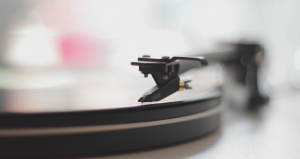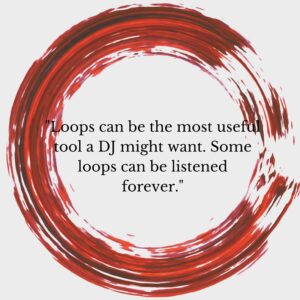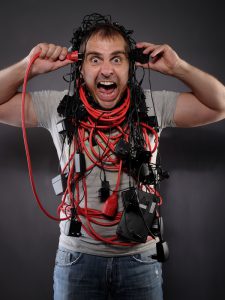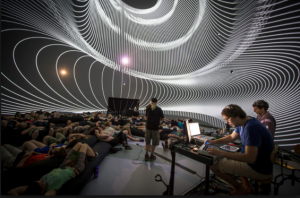Get A Free Music Coach
[Important update, August 2017: The Free program is being redesigned and put on pause. You can still register to get the free Ableton Live Template and get news on when it starts again.]
I made an important decision to remove my newsletter and change it into free music coaching for every subscriber. Sounds crazy? Maybe. But also fun!
A little bit of help to make great things happen
What exactly is a coach?
While you can google for the definition, you may also summarize it with a simple explanation:
“It’s someone who helps you reach your goal(s).”
We can add in there self-improvement, knowledge transfer, experience sharing and technical advising. The same applies to a music coach. While it’s pretty common in sports or at work, we often overlook it when it comes to arts. But why not include it?
Ever since I started making electronic music, I’d say that my best stretches in learning often happened when I was in touch with someone who could address my questions. I’d go to them to learn:
- How to use a specific production technique.
- How to focus on finishing a song, a project.
- Tips on sound design.
- How to expand my network.
 The great thing with helping others is that it opens doors on many things, like when you pause for a moment to find the right terms to arrive at the best explanation possible, and you end up improving your own understanding in the process. Ever since I had a music coach, I’ve been really interested in returning the help, mainly because I asked so many friends how to do things.
The great thing with helping others is that it opens doors on many things, like when you pause for a moment to find the right terms to arrive at the best explanation possible, and you end up improving your own understanding in the process. Ever since I had a music coach, I’ve been really interested in returning the help, mainly because I asked so many friends how to do things.
It’s been quite fascinating to see how electronics have evolved to make it easier for people to attain their goals of producing electronic music. As time’s gone on and the technologies have become cheaper, it’s become increasingly accessible to make music through computers or machines. The democratization of music has opened the doors for many people to make their dream come true by making music.
But this also raises some questions:
- What should I get to start making music?
- Which technology is best suited for me?
- How do I start a song once I’m equipped?
- Is this song really done or should I add something?
These issues can be hard to nail down, and there’s no one-size-fits-all answer.
Everyone is different, both in personality but also in terms of how they deal with technology. Some are more tech-savvy than others.
The role of a music coach can be summarized as:
Helping you set goals. The best way to not get lost is to choose a destination. A journey has multiple destinations and a music coach can help break down your long-term dream into multiple mini-milestones. With a plan in mind, it becomes easier to not let your mind run wild and become unproductive.
Understanding your limits while expanding your strengths. One of the first steps in any new hobby, activity or interest is to take a look at yourself. While some skills are transposable from other areas into your new field of interest, you’ll also need to take stock of your own limitations. Quickly identifying your weak points is a good way to motivate you into developing new skills. If you run up against your own limitations in any area, there could also be solutions you’re not yet aware of.
Structuring your workflow. The technique behind all techniques is to coordinate the different parts so that things fall neatly into place. If you mess with your production order, you might run into an episode of counter-productivity.
Being present. A coach is someone that can reply to your questions, listen, encourage, and drive. This part is the most crucial one.
If you’re interested in taking advantage of my free coaching, join my mailing list and we’ll get you started!



















 4 – External Equipment. This part alone could be an entire blog post, but this section involves gear, synths, mixers, MIDI controllers, and so on.
4 – External Equipment. This part alone could be an entire blog post, but this section involves gear, synths, mixers, MIDI controllers, and so on.


